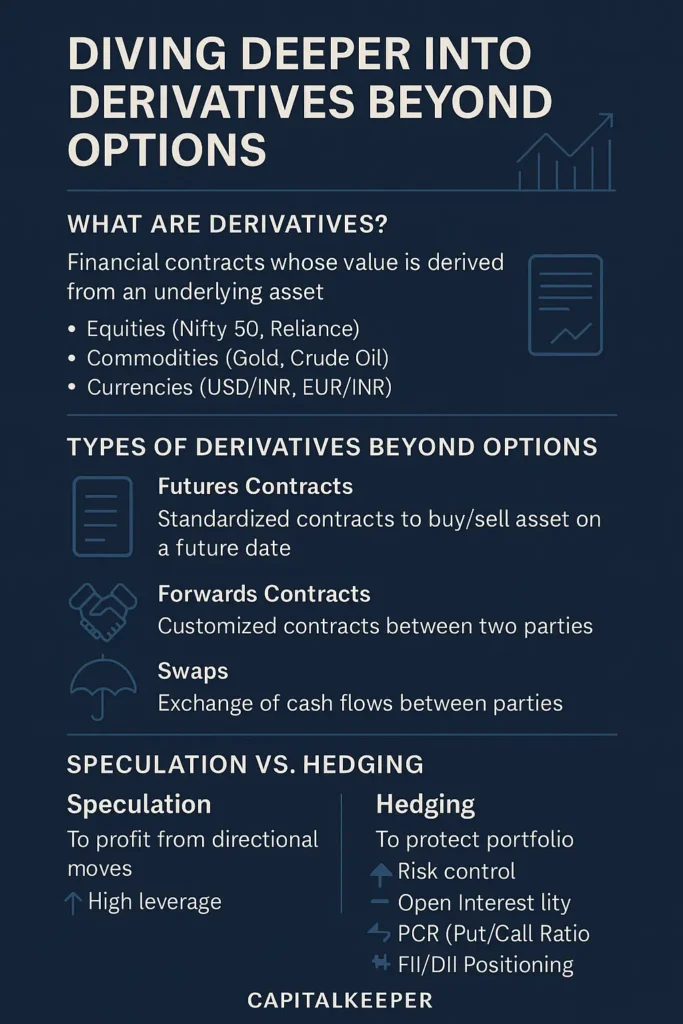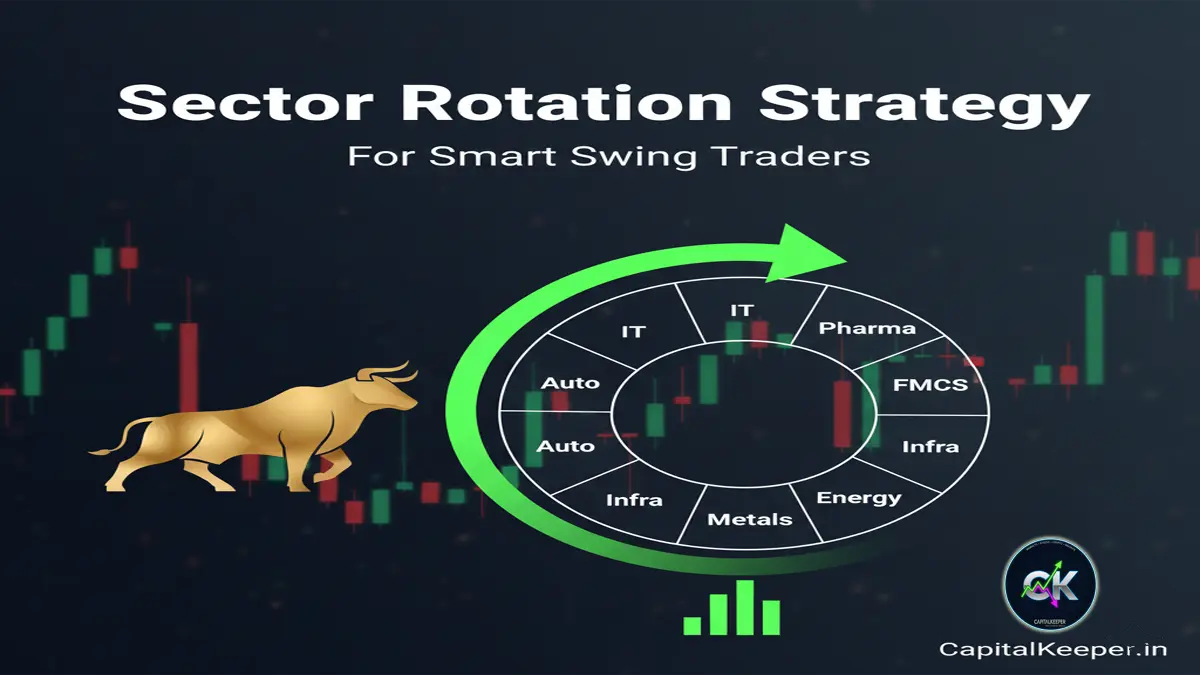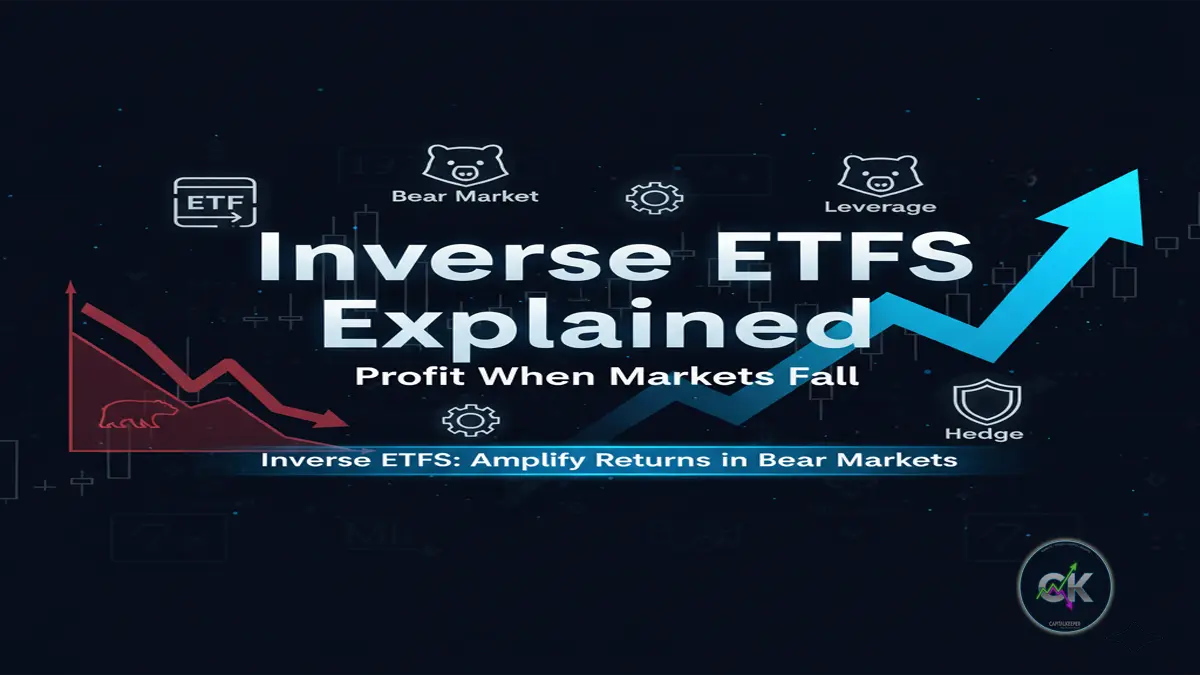Advanced Derivatives Explained: Futures, Forwards & Swaps for Hedging – CapitalKeeper Guide
By CapitalKeeper | Beginner’s Guide | Stock Market Education | Market Moves That Matter
Advanced Derivatives & Hedging Strategies – Day 1: Understanding Derivatives Beyond Options
By CapitalKeeper
Introduction
Derivatives are among the most powerful financial instruments in the market. While many traders start with equities or basic options, professional investors, hedge funds, and institutions rely heavily on derivatives like futures, forwards, and swaps for both speculation and hedging. This lesson marks the beginning of our Advanced Derivatives & Hedging Strategies series, aimed at helping you level up from retail trading to institutional-grade strategies.
What Are Derivatives?
Definition:
A derivative is a financial contract whose value is derived from an underlying asset such as stocks, indices, commodities, or currencies. Unlike direct ownership (buying stock), derivatives are contracts that bet on the future price movement of these assets.
Common Underlying Assets:
- Equities (Nifty 50, Bank Nifty, RIL, Infosys)
- Commodities (Gold, Crude Oil, Natural Gas)
- Currencies (USD/INR, EUR/INR)
- Interest Rates / Bonds
Types of Derivatives Beyond Options
Most traders are familiar with options (calls and puts). But beyond options, there are three other major derivative contracts:
1. Futures Contracts
- Definition: A standardized contract to buy/sell an asset at a predetermined price on a future date.
- Key Features:
- Traded on exchanges (NSE, MCX)
- No upfront premium (just margin required)
- High leverage (can control large position with small capital)
- Example: Nifty Futures, Crude Oil Futures
- Use Case: Speculation or hedging broad market movements

2. Forwards Contracts
- Definition: Customized contracts between two parties to buy/sell an asset at a future date and price (OTC – over the counter).
- Key Features:
- Not standardized; customizable
- No daily settlement like futures
- Counterparty risk (no exchange guarantee)
- Use Case: Common in currency markets or corporate hedging for import/export
3. Swaps
- Definition: Agreement to exchange cash flows between two parties (e.g., fixed rate vs. floating rate).
- Key Types:
- Interest Rate Swaps: Exchange fixed interest for floating interest payments
- Currency Swaps: Exchange one currency debt for another
- Use Case: Used by institutions and corporates for managing interest rate/currency exposure
Why Do Traders Use Derivatives?
Derivatives are not just for speculation; their most powerful use is hedging risk.
Speculation
- Leverage allows traders to control larger positions with less capital
- Profit from directional moves (up or down)
- Example: Buying Nifty Futures expecting a rally
Hedging
- Protect portfolio against adverse moves
- Example: Holding ITC stock? Short ITC Futures to protect against downside
- Reduces volatility in portfolio returns
Key Differences: Hedging vs. Speculation
| Aspect | Hedging | Speculation |
|---|---|---|
| Objective | Reduce risk | Maximize profit |
| Positioning | Offsetting position against portfolio | Standalone position |
| Risk Exposure | Lower volatility | Higher volatility |
| Example | Buy stock + short futures | Long futures without stock |
Why Learn Beyond Options?
- Futures provide straightforward exposure to index/commodity moves.
- Swaps & Forwards are vital for corporate traders managing cross-border risk.
- Combining futures with options creates professional-grade strategies like protective puts or covered calls.
For retail traders graduating to advanced levels, mastering these tools is essential for:
- Risk-controlled leverage
- Portfolio insurance
- Consistent returns in volatile markets
Volume & Liquidity: The Backbone of Derivatives
Volume confirms market conviction in derivatives. High liquidity in Nifty, Bank Nifty, Reliance Futures ensures tight spreads and minimal slippage.
Before entering any derivative trade:
- Check Open Interest (OI) for trend strength.
- Analyze PCR (Put/Call Ratio) for market sentiment.
- Monitor FII/DII derivatives positioning for institutional cues.
Practical Example: Hedging a Portfolio
- Suppose you hold ₹10 lakh worth of Nifty 50 stocks.
- Concerned about short-term correction?
- Short Nifty Futures equivalent to portfolio beta.
- Losses in cash stocks are offset by profits in short futures.
Risks Involved
While derivatives amplify profits, they also magnify losses if used without proper risk control:
- Leverage risk – Small move = big P/L swing
- Liquidity risk – Wider spreads in less liquid contracts
- Knowledge risk – Misunderstanding contract specs leads to losses
Takeaway
Derivatives go beyond options – understanding futures, forwards, and swaps is essential for traders aspiring to operate like professionals. Their dual purpose – speculation and hedging – makes them indispensable in modern trading. In upcoming lessons, we’ll dive deeper into portfolio hedging using options and futures, and later explore advanced strategies like Iron Condors and Calendar Spreads.
📌 For daily trade setups, technical learning, and smart investing tips, stay tuned to CapitalKeeper.in
📌 For more real-time updates, trade setups, and investment insights — follow us on [Telegram] and [WhatsApp Channel] subscribe to our newsletter!

📌 Disclaimer
The content provided on CapitalKeeper.in is for informational and educational purposes only and does not constitute investment, trading, or financial advice. While we strive to present accurate and up-to-date market data and analysis, we make no warranties or representations regarding the completeness, reliability, or accuracy of the information.
Stock market investments are subject to market risks, and readers/investors are advised to conduct their own due diligence or consult a SEBI-registered financial advisor before making any investment decisions. CapitalKeeper and its authors are not liable for any loss or damage, direct or indirect, arising from the use of this information.
All views and opinions expressed are personal and do not reflect the official policy or position of any agency or organization. Past performance is not indicative of future results.By using this website, you agree to the terms of this disclaimer.
















Leave a Reply